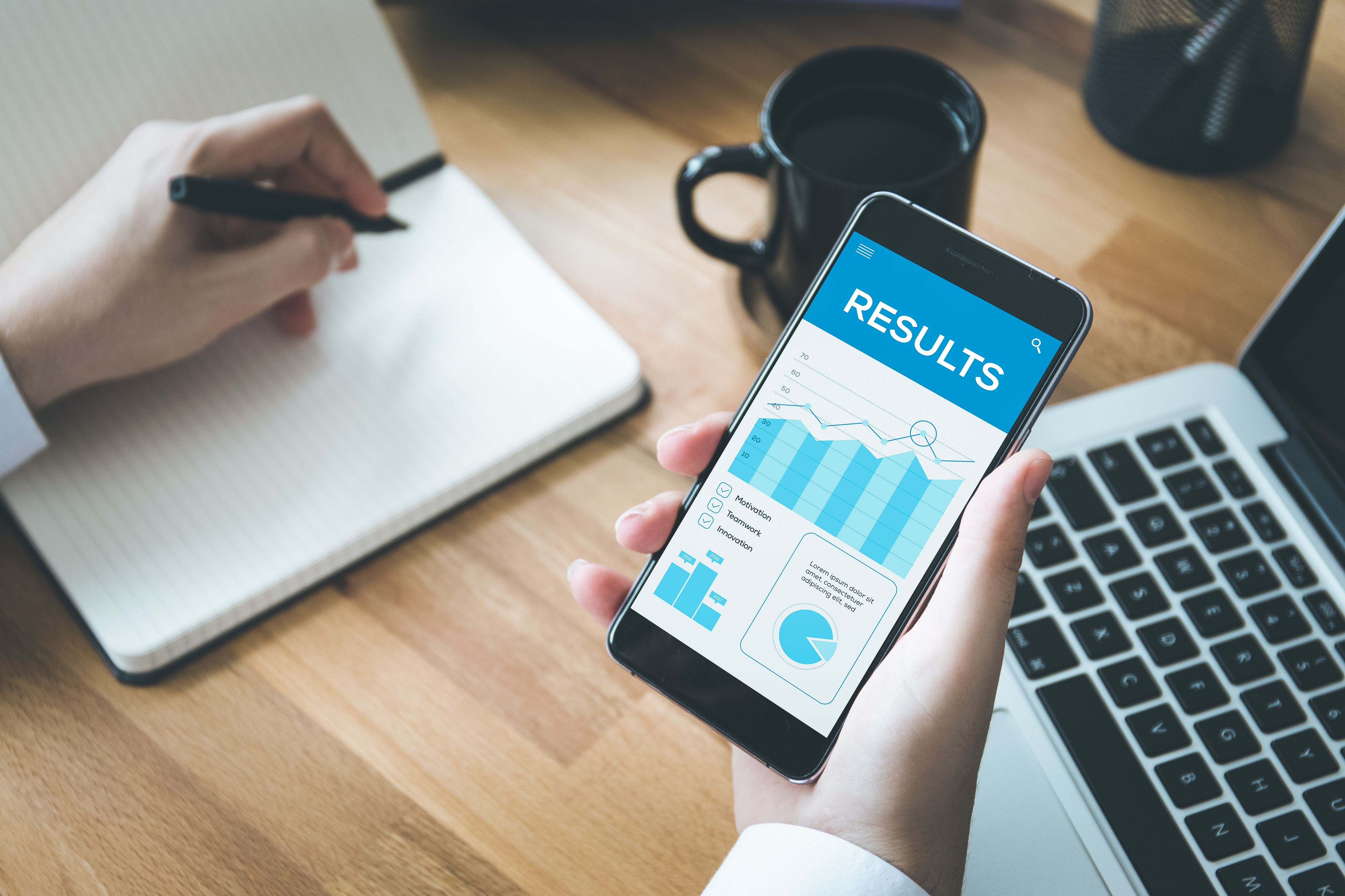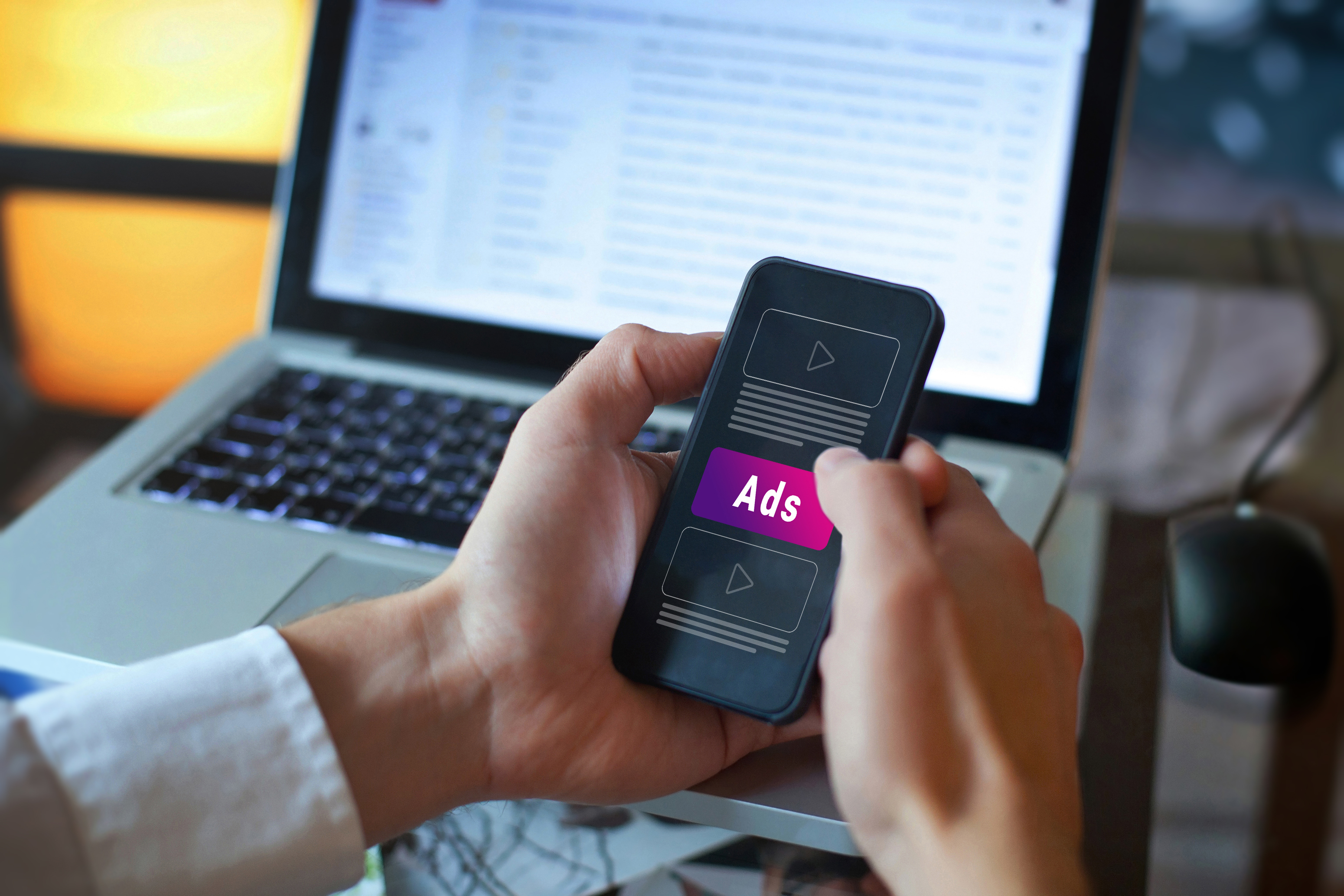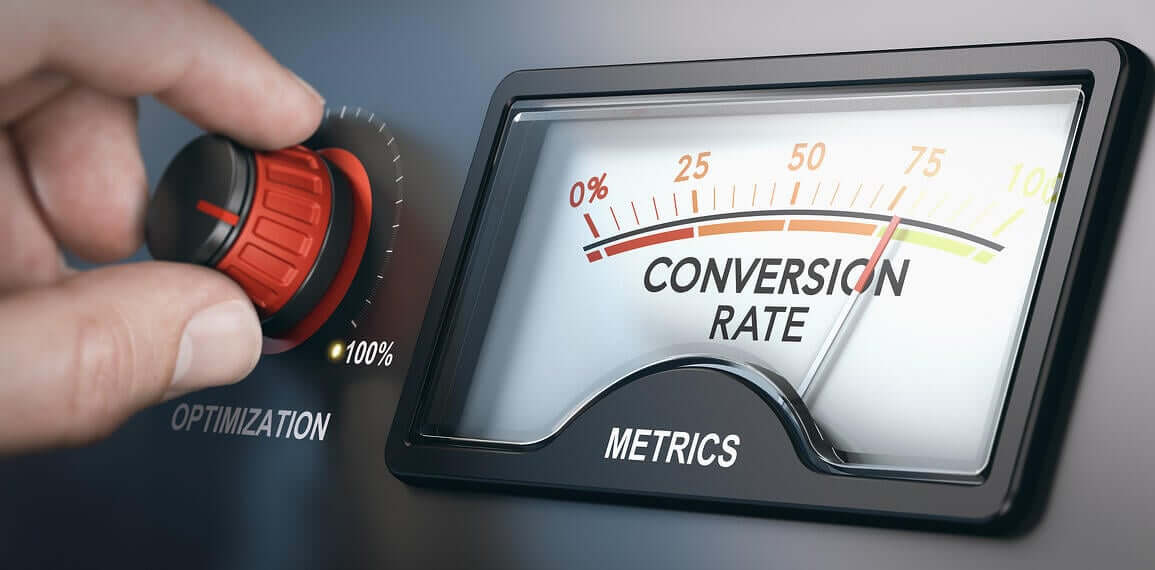
Cutting-Edge Marketing to Grow Your Business.
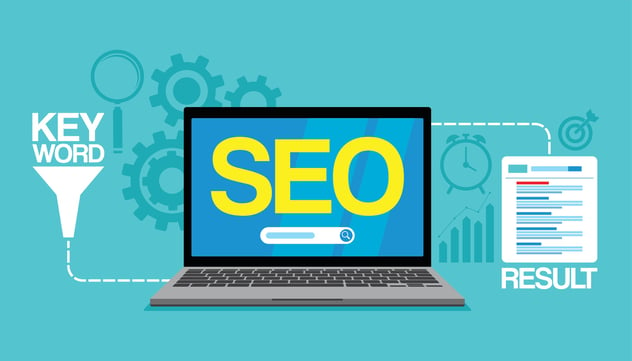
This is the third post in our miniseries about SEO. In our last post, we discussed how you can use SEO for your business. This time, we will be talking about a couple of steps to get you started!
Of course, if you're serious about your business' online presence, better leave it to the experts. After all, a website with bad SEO will easily be worse than a website without! Let's go through some helpful SEO tips and tactics that will help you improve your Google rankings and how to rank on Google.
So, after everything we've talked about on our previous SEO blog posts, how do you actually implement SEO to start enjoying the increased page ranking and traffic flow advantages it offers? Keep in mind, many of these things will require some advanced technical know-how on which ties in with our recommendation to leave it to the experts!
Quality content is the main driving force of search engine rankings. It also adds a great deal of authority and helps your website gain its visitors' trust.
Of course, this won't matter as much if the content isn't relevant to your target audience. Make sure your keywords match the rest of the content in an understandable and no-nonsense way. Your website's pages as a whole must show a level of cohesiveness in terms of what they're about.
Don't be afraid to use bold, italic and other HTML tags to highlight key phrases throughout your content. And always remember to write your content for visitors, not for search engines. This may seem contradictory at first, but remember that search engines highly value content that users can easily understand. Please the user, please the search engine. Simple!
Download this 11-Step Checklist for your next website redesign
Quality content can drop in value fast if it's outdated. Make sure to regularly update your content as this avoids the drop in relevance and also sends a powerful signal to search engines that your content is here to stay and stay relevant.
Meta tags give search engines a quick look at what your page is all about. These are pieces of code that are invisible to your users but help a lot with search engines! On of Moz' authors give a good rundown of meta tags and what they're about. Below is a list of the "good" meta tags taken from the article above.
Meta Content Type – This tag is necessary to declare your character set for the page and should be present on every page. Leaving this out could impact how your page renders in the browser.
Title –While the title tag doesn’t start with "meta," it is in the header and contains information that's very important to SEO. You should always have a unique title tag on every page that describes the page.
Meta Description – The infamous meta description tag is used for one major purpose: to describe the page to searchers as they read through the SERPs. This tag doesn't influence ranking, but it's very important regardless. It's the ad copy that will determine if users click on your result. Keep it within 160 characters, and write it to catch the user's attention. Sell the page — get them to click on the result.
Viewport – In this mobile world, you should be specifying the viewport. If you don’t, you run the risk of having a poor mobile experience — the Google PageSpeed Insights Tool will tell you more about it.
When creating links throughout your content, avoid putting those links in texts such as "click here" or "take a look." Instead, try writing out a description of the destination link. This adds value to the link and makes more sense for users as well.
While text content can speak for themselves to search engines, non-text elements like images and videos can't. Optimizing non-text elements can be a whole other world depending on how much your site needs it, so we'll only be going through the basics.
For images, always make sure the "alt" attribute is present, this describes the image and gives search engines and screen readers a way to understand it. Don't bother doing this for decorative images though, as they do not add value whatsoever to search engines. Instead, consider making them background images instead of "img" elements.
For videos and audios, you can create transcripts and place them on the same page as the videos and audios themselves. This essentially gives search engines a text version of your content to siphon meaning from. If your site is full of this kind of content and you feel it will be too time-consuming to backtrack, consider only doing it for your latest, most-visited and newest content.
All of that awesome content would be for naught if your website takes 10 seconds to load. Most, if not all of the top ranking pages in Google are fast-loading sites. To ensure your website's load speeds are sufficiently fast, you'll need to coordinate with your developer. Some things that can heavily affect load speeds are:
At Google, they aim for pages that load under half a second! To the rest of the world however, a more realistic threshold of 2 seconds will do.
There are a ton of other things that will also help your SEO including:
But taking these vital first steps will set you on your way to reaping the benefits of increased traffic and higher rankings. Just remember to constantly monitor your progress and prepare to make necessary adjustments!
Need a custom website? Leave to the professionals. Contact us today for pricing details (951) 479-5411
Download this 11-Step Checklist for your next website redesign

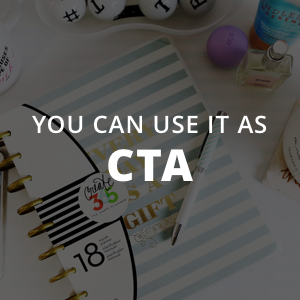

Lorem Ipsum is a simple dummy text used as a dummy text contents. Lorem ipsum will be replaced. Lorem Ipsum is a simple dummy text used as a dummy text contents. Lorem ipsum will be replaced.Lorem Ipsum is a simple dummy text used as a dummy text contents. Lorem ipsum will be replaced.
